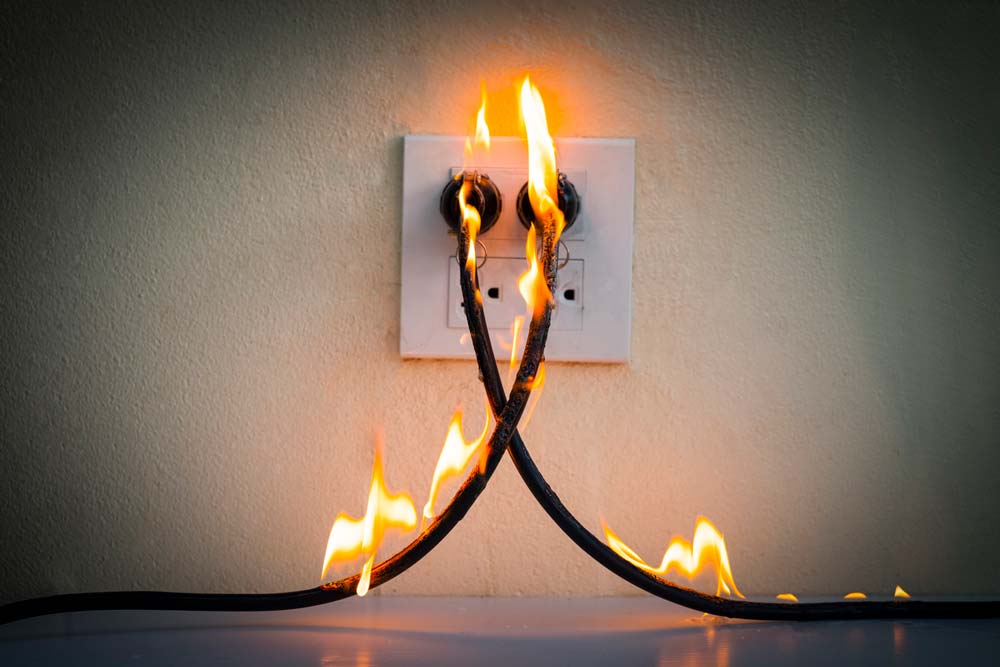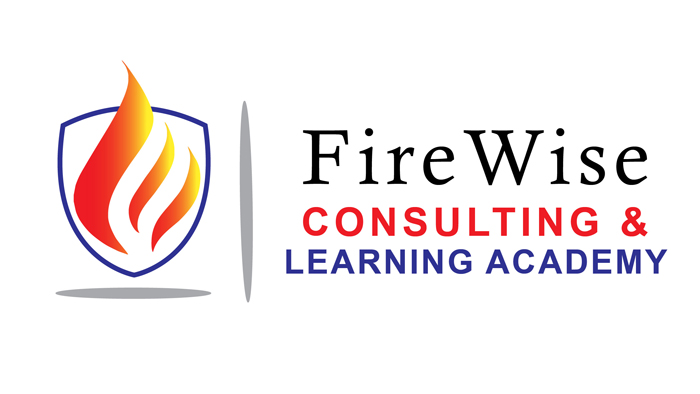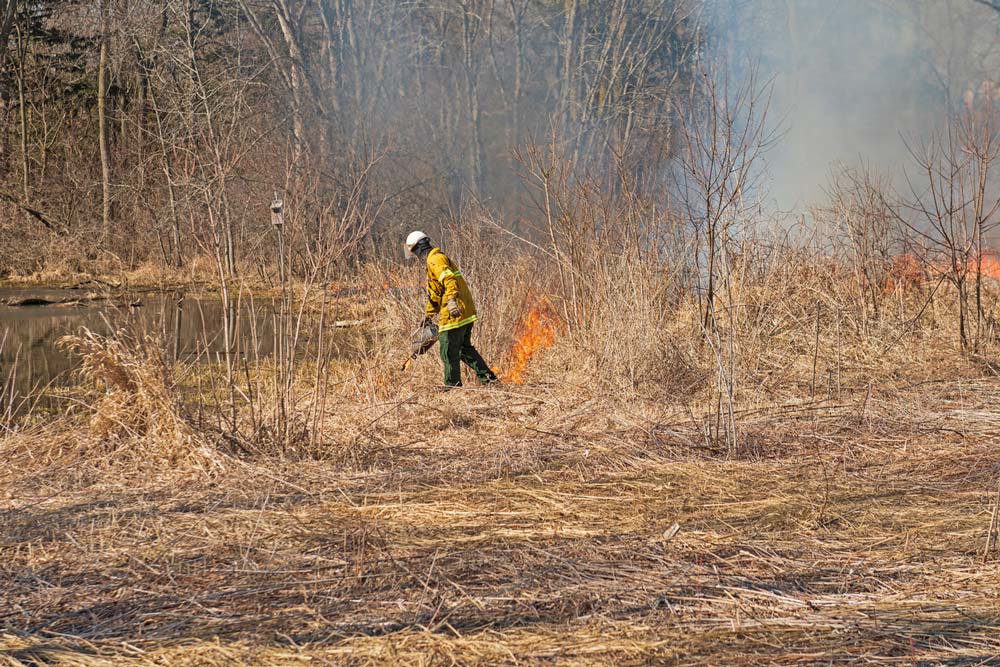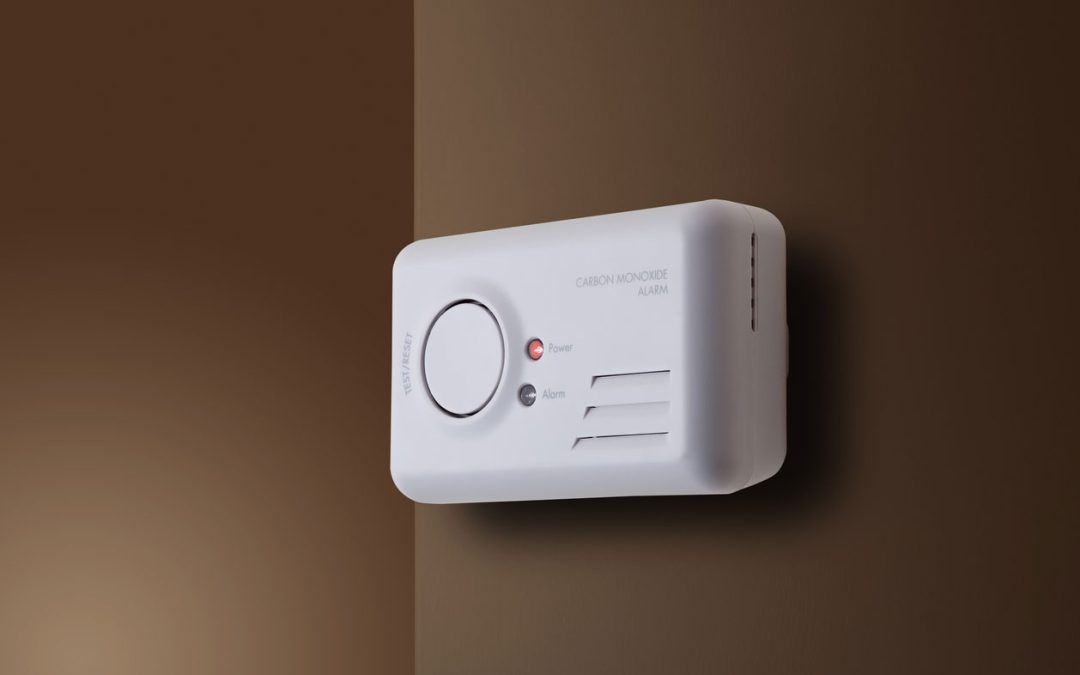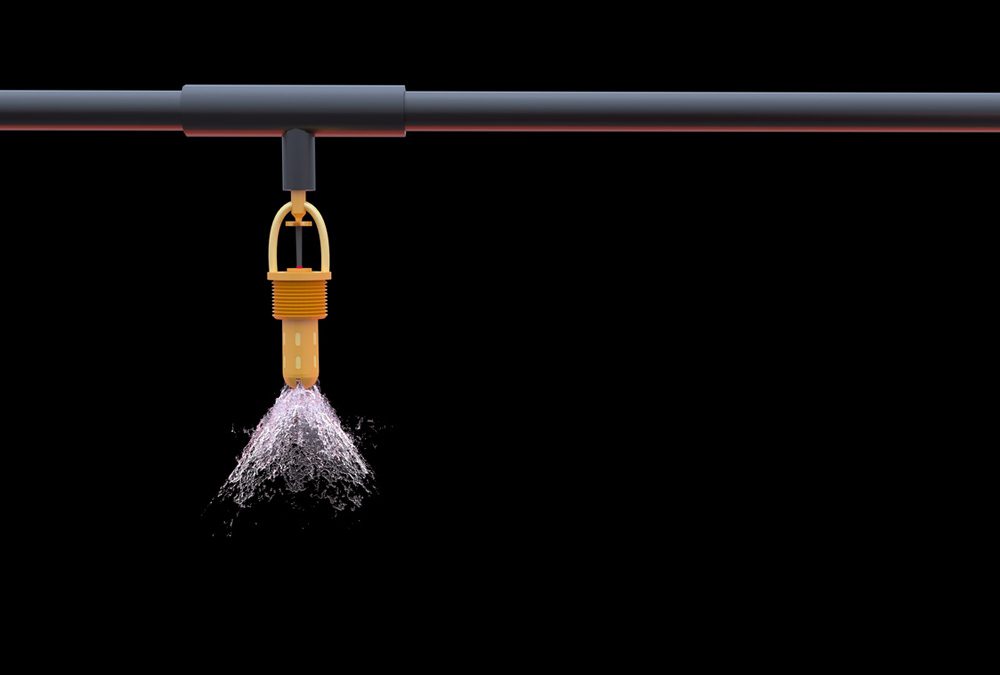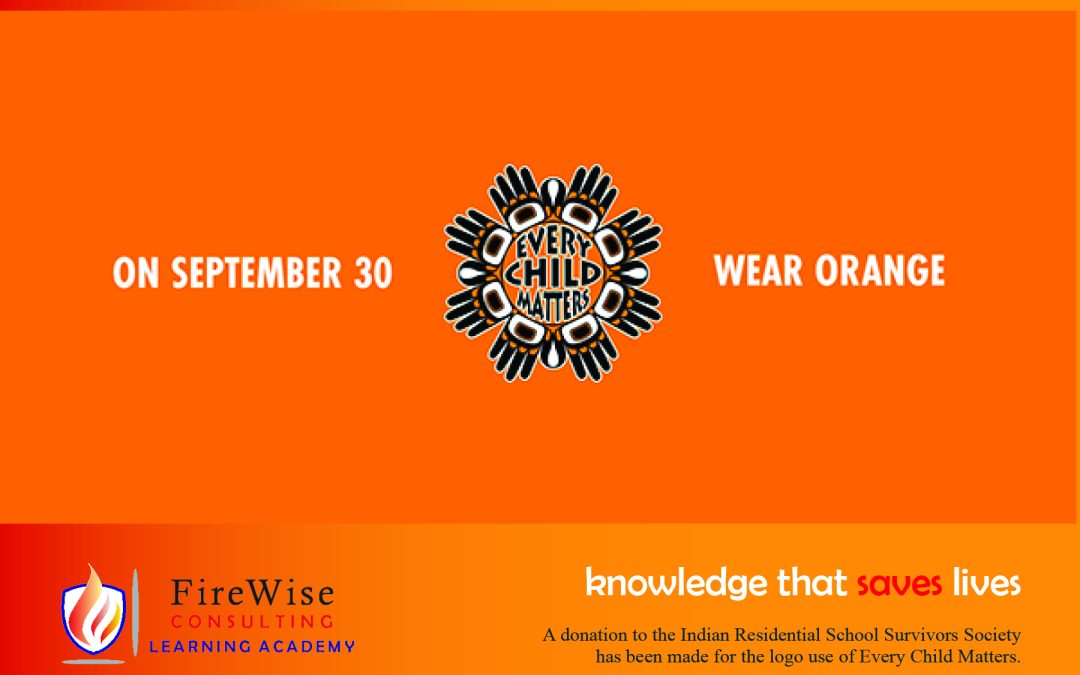
Oct 26, 2021
Did you know that the incidents of fire are 10 times higher within Indigenous communities versus other Canadian communities?
This statistic comes from the National Indigenous Fire Safety Council Project and highlights the ongoing fire threat to Indigenous homes and families which is five times more likely to be fatal. That number increases to over 10 times for First Nations people living on reserves. The National Indigenous Fire Safety Council’s website is designed to offer support to Indigenous communities.
The reasons that fire safety is such a prevalent issue in First Nations communities vary but can be attributed in part to lack of smoke alarms, higher poverty rates and insufficient housing. The importance of adequate training being provided within every community is extremely crucial and losses on First Nation lands far surpass those on off-reserve communities.
Knowing how to prevent a fire can make the difference between lives saved or lost. Remembering how an unattended pot on a stove can readily turn into a kitchen fire, and that flammable objects near a baseboard, electric heater or a fireplace can cause pyrolysis (the decomposition of a combustible object brought on by constant or high temperatures which lower its ignition point) can make the difference between life and death.
While wildfires and other natural disasters can also put First Nations communities at risk; fires in homes are often completely preventable. It is crucial to implement fire safety protocols and attain fire safety prevention training to reduce and prevent losses.
Five Reasons to Learn About Fire Safety and Prevention
- Fire prevention is inexpensive and saves lives and property.
- Routine fire prevention assessments ensure a high level of building and occupant safety.
- Detecting and quickly extinguishing a fire by learning how fire protection systems are designed.
- Regular safety code inspections provide occupants with fire safety education, it demonstrates a commitment to safety and builds trust within the community.
- Learning how to eliminate hazards that can cause a fire to start and grow.
FireWise has developed online training courses that are easy to follow and provide the knowledge needed to save lives. To learn more please check out Building Safety and Fire Prevention training program at www.firewiseconsulting.com.
